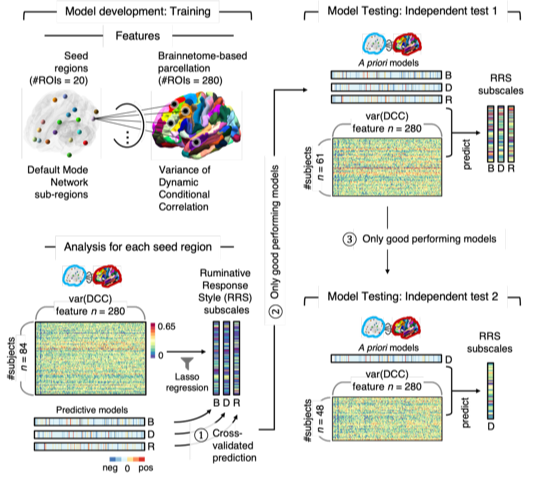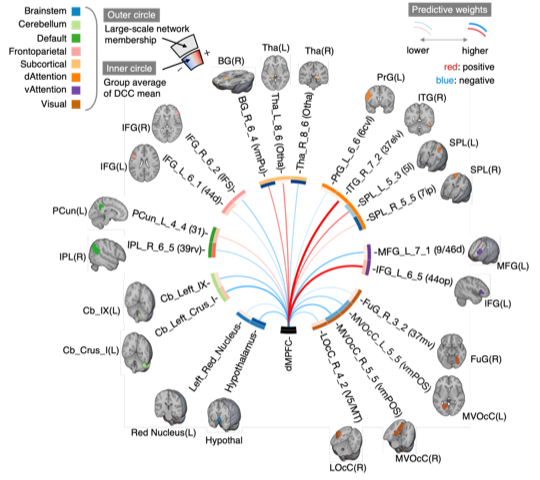주메뉴
- About IBS 연구원소개
-
Research Centers
연구단소개
- Research Outcomes
- Mathematics
- Physics
- Center for Underground Physics
- Center for Theoretical Physics of the Universe (Particle Theory and Cosmology Group)
- Center for Theoretical Physics of the Universe (Cosmology, Gravity and Astroparticle Physics Group)
- Dark Matter Axion Group
- Center for Artificial Low Dimensional Electronic Systems
- Center for Theoretical Physics of Complex Systems
- Center for Quantum Nanoscience
- Center for Exotic Nuclear Studies
- Center for Van der Waals Quantum Solids
- Center for Relativistic Laser Science
- Chemistry
- Life Sciences
- Earth Science
- Interdisciplinary
- Center for Neuroscience Imaging Research (Neuro Technology Group)
- Center for Neuroscience Imaging Research (Cognitive and Computational Neuroscience Group)
- Center for Algorithmic and Robotized Synthesis
- Center for Genome Engineering
- Center for Nanomedicine
- Center for Biomolecular and Cellular Structure
- Center for 2D Quantum Heterostructures
- Center for Quantum Conversion Research
- Institutes
- Korea Virus Research Institute
- News Center 뉴스 센터
- Career 인재초빙
- Living in Korea IBS School-UST
- IBS School 윤리경영


주메뉴
- About IBS
-
Research Centers
- Research Outcomes
- Mathematics
- Physics
- Center for Underground Physics
- Center for Theoretical Physics of the Universe (Particle Theory and Cosmology Group)
- Center for Theoretical Physics of the Universe (Cosmology, Gravity and Astroparticle Physics Group)
- Dark Matter Axion Group
- Center for Artificial Low Dimensional Electronic Systems
- Center for Theoretical Physics of Complex Systems
- Center for Quantum Nanoscience
- Center for Exotic Nuclear Studies
- Center for Van der Waals Quantum Solids
- Center for Relativistic Laser Science
- Chemistry
- Life Sciences
- Earth Science
- Interdisciplinary
- Center for Neuroscience Imaging Research (Neuro Technology Group)
- Center for Neuroscience Imaging Research (Cognitive and Computational Neuroscience Group)
- Center for Algorithmic and Robotized Synthesis
- Center for Genome Engineering
- Center for Nanomedicine
- Center for Biomolecular and Cellular Structure
- Center for 2D Quantum Heterostructures
- Center for Quantum Conversion Research
- Institutes
- Korea Virus Research Institute
- News Center
- Career
- Living in Korea
- IBS School
News Center
Predicting Rumination Based on Brain ConnectivityDeveloping an fMRI-based predictive marker for rumination that can be generalized to healthy and clinical populations Our minds often get trapped in repetitive thoughts, such as past mistakes, regrets, insecurities, or unresolved conflicts. This pattern of persistent negative thinking, called rumination, can have detrimental effects on mental health, leading to conditions like depression and anxiety. Recognizing rumination as a major risk factor for depression, researchers have been working to identify its neural signature and develop early detection methods. A team of scientists led by KIM Jungwoo from the Center for Neuroscience Imaging Research (CNIR) within the Institute for Basic Science (IBS), in collaboration with researchers from the University of Arizona and Dartmouth College, conducted a study to develop a predictive model of rumination by using the power of machine learning. Previous research has linked a network of brain regions called the ‘default mode network’ (DMN) to rumination. However, the specific region responsible for individual differences in rumination remained unclear. The team hypothesized that the variance of dynamic connectivity, which measures the stability of interactions between brain regions over time, could be associated with rumination due to its temporal persistency. To test this, they utilized functional Magnetic Resonance Imaging (fMRI) to measure brain activity in healthy participants at rest. Using the variance of dynamic connectivity between each DMN region and brain regions across the entire brain as inputs and self-report measures of rumination scores as outputs, the researchers trained machine learning models to approximate rumination scores based on participants' fMRI data. Of all the DMN regions, only the model based on the dorsal medial prefrontal cortex (dmPFC) was successful at predicting rumination scores in healthy participants. Additionally, the dynamic connectivity between the dmPFC and the inferior frontal gyrus, as well as the cerebellum, was found to be particularly important in predicting rumination. These findings highlight the significance of the dmPFC in rumination and depression, which is in line with previous research linking that region with high-level, reflective processes in individuals. Notably, the model was also successful at predicting depression scores in actual patients with Major Depressive Disorder (MDD). Hence the model shows promise as a valuable biomarker for depression, aiding in the identification of individuals at risk and monitoring treatment progress. By shedding light on the neural basis of rumination and its relevance to depression, this study contributes to the advancement of mental health research and may lead to more effective interventions and improved outcomes for individuals with depression. Professor WOO Choong-Wan, the lead author, stated, “The dynamic patterns of natural thought streams greatly influence our mood and emotional states. Rumination is one of the most important thought patterns, and this study shows that the tendency to ruminate could be decoded from brain connectivity measured with fMRI. We hope that this research will continue to advance and that in the future, neuroimaging can be used to monitor and manage mental health.” Moving forward, the researchers plan to validate and refine the predictive model using larger and more diverse populations. They also aim to explore the potential applications of this model in clinical settings, integrating it with existing diagnostic and treatment approaches. Continued research in this area has the potential to lead to personalized interventions that target rumination and depression more effectively, ultimately improving the lives of individuals affected by these conditions.
Notes for editors
- References
- Media Contact
- About the Institute for Basic Science (IBS)
|
| Next | |
|---|---|
| before |
- Content Manager
- Public Relations Team : Yim Ji Yeob 042-878-8173
- Last Update 2023-11-28 14:20













